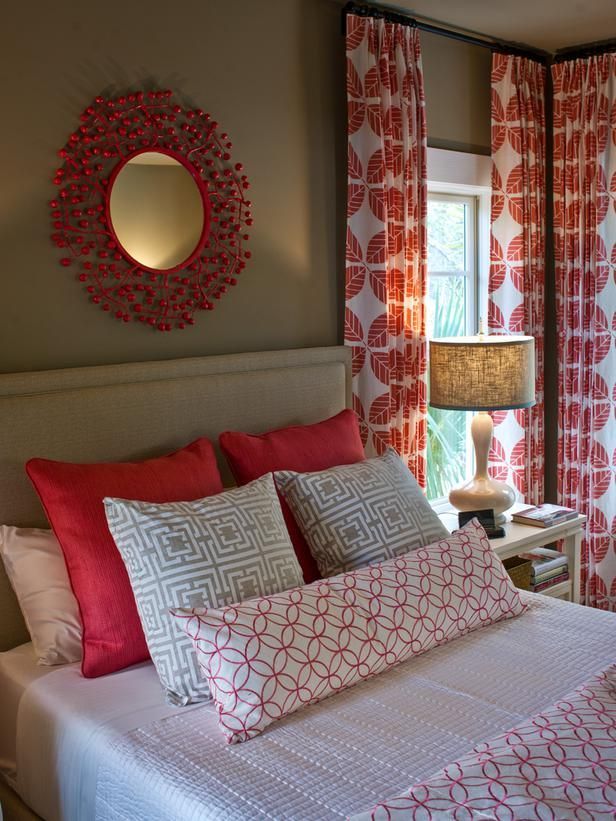The Psychology of Color
"I'm a believer that color affects people's moods." ~Lilly Pulitzer
The Psychology of Color
Much has been written about the psychology of color. Color affects our moods and can be used to express emotion. Scientific evidence suggests that color can affect the center of the emotions by way of the hypothalamus and the pituitary glands. Warm colors such as red, orange and yellow are stimulating and can make a space feel inviting, cozy, and optimistic. These colors are also referred to as “advancing colors.” Cool colors, also referred to as “advancing colors.” such as blue and green make a space feel spacious, calming, and relaxing.
When decorating a space think about how you want to feel. Some colors are better suited for certain applications. For example, red symbolizes passion, desire, and love. Red stimulates the appetite, raises blood pressure, and stimulates a faster heartbeat and breathing. The color is forceful, bold, and aggressive. It takes confidence to decorate with red. It makes a bold statement when used in high contrast applications, such as with white or black. If you paint your bedroom red, you might never get any sleep. If you love red, try using red sparingly in a bedroom such as pictured below.
Red
On the other hand, green is one of the most restful colors. Green is the color of nature and can impart a natural feel to a space. Green confers a sense of relaxation and comfort, and suggests balance, harmony, growth, and security. While green is a good choice for almost any room in the house, it is a great color for the bedroom because of its relaxing qualities.
Green
The color blue has long been associated with fashion trends. It is a symbol of trust and longevity. Blue is refreshing, soothing, calm, and dependable. The color blue causes the body to produce calming chemicals making it a good color for bedrooms. Blue slows metabolism, lowers blood pressure, decreases heartburn and indigestion. It can also decrease your appetite. It is one of the most popular color in the U.S. But caution is advised because if overused blue may be perceived as depressing and gloomy.
Blue
Yellow is certainly an optimistic and cheerful color. Yellow is an attention getter but did you know that the color yellow stimulates memory. It also speeds metabolism, aids digestion, and stimulates circulation. But beware yellow can also signal frustration causing people to lose their tempers in yellow rooms. Yellow also makes babies cry so use it sparingly in the nursery.
Yellow
Violet long known as the color of royalty, combines the stability of blue and the energy of red. Violet or purple contains elements of surprise and magic and suggests romance, imagination, and passion. Purple is definitely a feminine color but did you know that it is also an artistic color. Like blue, purple suppresses the appetite. It is also a good choice for children's rooms.
Purple
When a room doesn’t feel right, the problem may be the color. If you change the color, you may feel better. We can use color psychology in our homes to create the mood that we want. People react to colors differently. Color affects each of us in different ways and means different things to different people. Since color choices are very personal, make sure you consider who will occupy the space. For example, men tend to like dark masculine colors, such as green, burgundy, or brown, while women tend to prefer spaces that are softer and more feminine. Young children lean toward primary colors and infants respond to bright colors, which is why children’s toys are generally bright and bold. Although older children enjoy areas of bright colors, they begin to develop color preferences similar to adults.
Have fun with color but keep in mind that color choices are deeply personal. Taking into consideration the psychology of color, choose colors that will reflect the mood that you want to convey in the space.
Thanks for stopping by...
Until next time,






